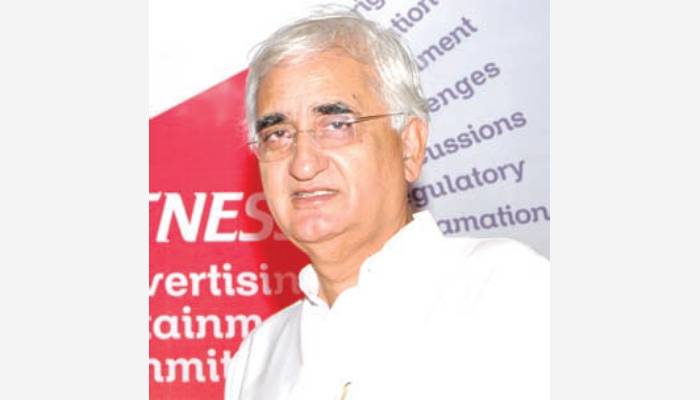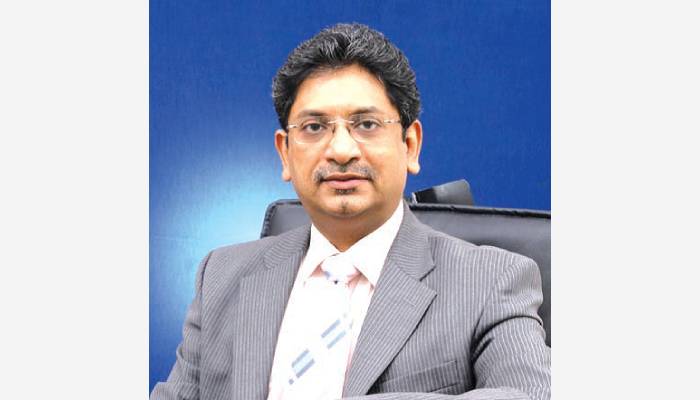
or

“…corporate sector restructuring and reform have recently been considered essential to economic recovery, the long term viability of corporations, and a lower risk of (subsequent) financial crises.” — Stijn Claessens
The Reserve Bank of India (RBI) on 20th July 2012 placed on its website the Report of the Working Group (WG) to review the existing prudential guidelines on restructuring of advances by banks/financial institutions and invited comments from all concerned. This story takes a look at, the gravity of the debt recast scenario in India, the recommendations of the working gorup,. But before we do that it would be worthwhile to take a look at the prevailing gravity of corporate debt restructuring scenario in the country.
As per NDTV Profit website, in the first quarter of 2012-13 Loans worth Rs. 19,000 crore were referred for corporate debt restructuring (which is 30 per cent higher than the previous quarter. The website further states that as many as 37 accounts were referred to the CDR cell during this period. And the prominent accounts among these were Visa Steel (Rs. 3,000 crore), Tayal Group (Rs. 2,811 crore) and Indu Projects (Rs. 2,800 crore) which are among the biggest loans restructured in the first quarter.
Mr. Ram Raj Pai, President CRISIL Ratings, in his article titled “Indebtedness Incorporated” published in Financial Express, while reflecting on the gravity of the debt recast situation in the country states that “The sizeable loan restructuring by banks reflects corporate India’s strained credit quality. This surge has been largely caused by increased funding challenges faced by corporates, especially the large and medium-sized corporates with large debt”. And on the threat to the banking system as a whole states that: “Despite the challenges posed by the quality of corporate credit, CRISIL believes there’s no immediate threat to India’s banking sector. The capital position of the domestic banking sector continues to be healthy. Thenet worth coverage of net NPAs of the overall banking sector stood at 8 times as on March 31, 2012. The average tier I capital adequacy ratio (CAR) remains healthy, at around 10%, which would enable and facilitate a smooth transition to the Basel III regime commencing from January 2013. Also, the resource profile of the domestic banking sector continues to be stable, with a high proportion of around 60% retail deposits in its total deposit base and a stable CASA base of 34% of deposits.”

Regulatory forbearance- The RBI may do away with the regulatory forbearance i.e. regarding asset classification, provisioning and capital adequacy but in the difficult economic circumstances the same could be considered say, after a period of two years.

“The recommendations in the report of the RBI Working Group (WG) elude the problem and root cause of ballooning NPAs (non-performing assets) in the banking system piling up as restructured loans and suggests solutions which are short term in nature for a problem that is long term. In the recent times, the levels of impairment and restructured debt have reached alarming levels and many large Corporates in core sectors such as steel, infrastructure, telecom, discom, tourism, etc are queuing up before the CDR Cell. As such, an overleveraged sector and not over-leveraged companies is the problem: 85% of the total NPAs of the banking sector are in real estate, infrastructure and priority sector lending. This is the root cause of the budding banking crisis.
Prima facie, restructuring is done pursuant to the weakness of the loans—therefore it is certain that a restructured loan is not a healthy loan. However, RBI norms provide that if banks restructure a loan before itbecomes an NPA, it is still treated as standard, and not a NPA. While taking cognizance of the internationally accepted best practices with regards to treatment of impairment loss in case of restructured assets, the WG felt that doing so immediately might act as a disincentive to banks to restructure viable accounts and so recommended a deferral of the same for a period of two years from now. The deferment will only result in a further surge in unhealthy loans being standardised under the array of restructuring and an opportunity to the banks to face lift their financials as they will not be required to make provisions on such unhealthy loans.
The WG recommends that the rate of provisioning be increased in respect of such re-structured assets from 2% to 5% in a staggered manner over a period of two years. In fact, this blanket provision does not take into consideration the real depletion in the fair value of the loan due to restructuring. The sacrifice involved in the restructuring might be more than 5%, or may be less than 5%. The increased provisioning would be a deterrent for the lenders to restructure viable accounts.
The WG recommends that the prevailing norm of contribution by the promoter to the tune of 15% of the sacrifice on part of the lenders should be the bare minimum and the banks may prescribe a higher sacrifice by the promoters, being 15% in diminution in fair value or 2% of the restructured debt, whichever is higher. The same sounds harsh and overlooks all the funds arranged by the promoter in the past to be able to fund the losses/shortfall in the working capitalrequirements to keep the business up and running.
The WG has recommended to make it mandatory for the promoters to extend their personal guarantee in all cases of re-structuring to ensure promoters’ “skin in the game”. The WG observed that in case Personal Guarantee is made mandatory, the promoters will be ensuring that only viable packages are submitted. The same is against the principle of `limited liability’ in case of corporate. If the present facilities are without the personal guarantee of the promoters, the same should not be insisted upon at the time of restructuring as no fresh funding is being extended to the borrower. If the promoter is reluctant to extend his personal guarantee then the restructuring should not be denied as the same would ultimately result in the account slipping into NPA and consequently result in deterioration of productive assets of the economy. All the above recommendations of the WG appear to be solely directed towards safeguarding the lenders’ interest and at the same time giving a cosmetic lift to their Balance Sheets, without any serious thought or effort being put towards the availability of easy finance for the revival of industry which is presently reeling under serious stress of an economic downturn.
The need of the hour is to lay down improved norms and increase expertise in assessing the viability of a venture. If found viable, ease out the flow of money under strict vigil, tighter prudential norms regime to ensure effective utilization of available credit and gearing up the lenders to monitor face deterioration in asset quality.”

The maximum NPAs are coming from the corporate sector and the SME sector which are inter-linked, which relies on both government and private sector banks for their financing requirements. It is therefore unlikely that only government banks are having a problem with corporate NPAs while private banks are reporting far lower NPAs.
In his Address, Dr. K. C. Chakrabarty, Deputy Governor, RBI, at Centrum Group’s conference on Corporate Debt Restructuring in Mumbai on August 11, 2012, analysed the trends in India’s CDR scenario. He reasoned that any kind of restructuring has to be accompanied by prudence on the part of the lenders and financial discipline on the part of the borrowers. Absence of these conditions results in dead weight loss to the society in general. He rued the fact that the provisions of the CDR mechanism have not been used very ethically and judiciously, giving rise to the unprecedented increase in cases under CDR.
Though the CDR situation is dire yet with prudence on the part of the banks first in granting loans and later on in restructuring them and financial discipline on the part of the corporates may redeem the situation. All in all the recommendations seem to be in right direction and may infuse a sense of prudence and financial discipline.
The LW Bureau is a seasoned mix of legal correspondents, authors and analysts who bring together a very well researched set of articles for your mighty readership. These articles are not necessarily the views of the Bureau itself but prove to be thought provoking and lead to discussions amongst all of us. Have an interesting read through.

Lex Witness Bureau

Lex Witness Bureau

Lex Witness Bureau

For over 10 years, since its inception in 2009 as a monthly, Lex Witness has become India’s most credible platform for the legal luminaries to opine, comment and share their views. more...
Connect Us:


The Grand Masters - A Corporate Counsel Legal Best Practices Summit Series
www.grandmasters.in | 8 Years & Counting
The Real Estate & Construction Legal Summit
www.rcls.in | 8 Years & Counting
The Information Technology Legal Summit
www.itlegalsummit.com | 8 Years & Counting
The Banking & Finance Legal Summit
www.bfls.in | 8 Years & Counting
The Media, Advertising and Entertainment Legal Summit
www.maels.in | 8 Years & Counting
The Pharma Legal & Compliance Summit
www.plcs.co.in | 8 Years & Counting
We at Lex Witness strategically assist firms in reaching out to the relevant audience sets through various knowledge sharing initiatives. Here are some more info decks for you to know us better.
Copyright © 2020 Lex Witness - India's 1st Magazine on Legal & Corporate Affairs Rights of Admission Reserved